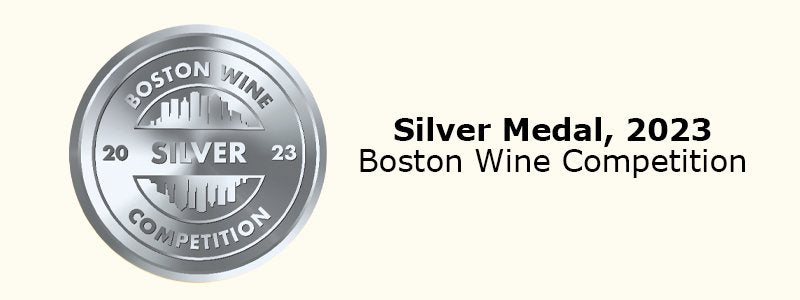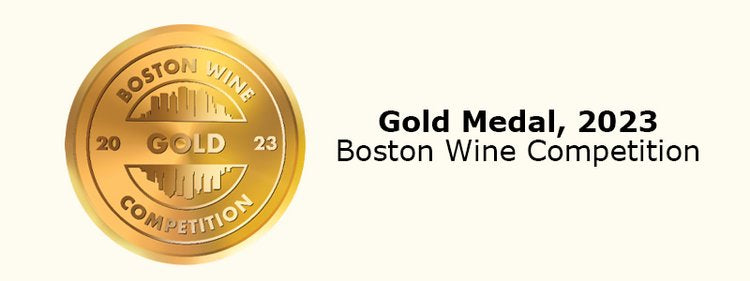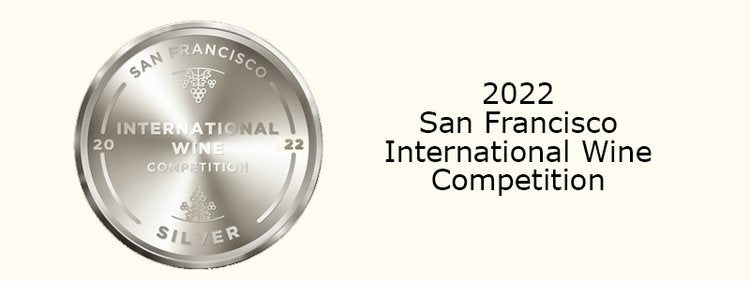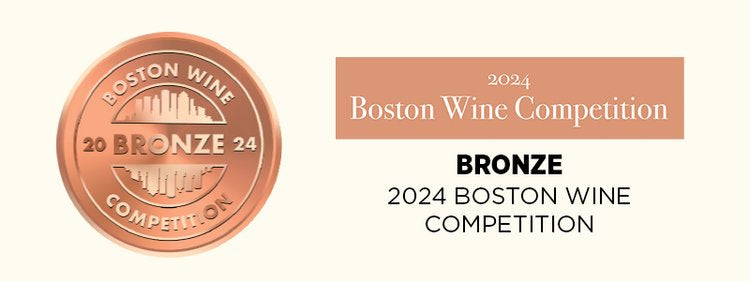In Vino Veritas: The Enduring Allure of Wine in Modern Culture
In a dimly lit cellar beneath the rolling hills of Burgundy, winemaker Mathieu Laurent places his weathered hand on an oak barrel, feeling for subtle vibrations that signal the life within. "Wine is never static," he explains, voice barely above a whisper, as if not to disturb the sleeping liquid. "It is always becoming." And so it is, In Vino Veritas: In Wine There is Truth.
This philosophy—that wine exists in a perpetual state of transformation—captures the essence of humanity's millennia-long fascination with fermented grape juice. From ancient Mesopotamian clay vessels to the meticulously temperature-controlled cellars of Napa Valley, wine remains one of civilization's most enduring cultural touchstones, simultaneously evolving with technology while remaining rooted in tradition.
The Ancient Alchemy: Wine's Historical Journey
Archaeological evidence suggests humans first discovered wine production around 6000 BCE in the Caucasus Mountains of Georgia, where wild vines grew abundantly. Neolithic pottery fragments bearing residues of tartaric acid—a compound found abundantly in grapes—provide tangible evidence of our species' early experimentation with vinification.
"What's remarkable isn't just that early humans discovered fermentation," notes Dr. Patrick McGovern, Scientific Director of the Biomolecular Archaeology Project at the University of Pennsylvania Museum and author of Ancient Wine: The Search for the Origins of Viniculture. "It's that they refined and ritualized the process, integrating wine into religious ceremonies, trade networks, and cultural identity."
By 3000 BCE, Egyptian hieroglyphs detailed winemaking processes remarkably similar to techniques still employed today. Ancient Greeks and Romans elevated viticulture to an art form, with Dionysus and Bacchus personifying wine's dual nature as both civilizing force and chaotic influence. Greek symposia—intellectual drinking parties—established the connection between wine consumption and philosophical discourse that continues in today's dinner parties.
The medieval period saw European monasteries become centers of winemaking innovation. Benedictine and Cistercian monks, particularly in Burgundy, meticulously mapped vineyard plots based on subtle variations in soil composition, sun exposure, and drainage—the earliest formal recognition of what we now call terroir.
"The monks weren't just making sacramental wine," explains Karen MacNeil, author of The Wine Bible. "They were conducting a centuries-long experiment in matching grape varieties to specific parcels of land, essentially creating the blueprint for modern appellations."
From Soil to Soul: Understanding Terroir
No concept has more profoundly shaped contemporary wine appreciation than terroir—the notion that a wine should express its geographical origin through distinctive flavors and aromas. While often romantically simplified as "a sense of place," terroir encompasses complex interactions between climate, soil composition, topography, and human intervention.
In Burgundy's Côte d'Or, vineyards separated by mere meters can produce dramatically different wines due to variations in limestone content and soil depth. The Grand Cru vineyards of Montrachet, producing some of the world's most expensive Chardonnays, benefit from an ideal eastern exposure that provides morning sunlight while protecting grapes from harsh afternoon heat.
"Terroir isn't just academic—you can taste it," insists Laura Catena, managing director of Argentina's Catena Zapata winery and physician who has dedicated decades to researching high-altitude viticulture. "When you compare Malbec grown at 3,000 feet versus 5,000 feet elevation in Mendoza, the difference is unmistakable. Higher vineyards produce wines with more floral aromatics and vibrant acidity due to greater temperature variation and increased UV exposure."
Climate change poses existential questions for terroir-focused producers. Champagne houses have begun purchasing land in southern England as rising temperatures threaten the delicate balance needed for their signature style. Meanwhile, previously marginal growing regions like Tasmania and Norway's Lerkekåsa vineyard (the world's northernmost commercial vineyard) are becoming viable for quality wine production.
The Science and Art of Winemaking
Modern winemaking balances centuries-old wisdom with cutting-edge technology. While romantic notions of barefoot grape-stomping persist in popular imagination, today's producers employ everything from optical sorting machines to electron microscopy to craft precise expressions of their fruit.
The fundamental biochemical process remains unchanged: yeast converts grape sugars into alcohol and carbon dioxide. But winemakers now have unprecedented control over this transformation through techniques like cold soaking (extracting color and flavor before fermentation begins), controlled temperature fermentation (preserving delicate aromatics), and micro-oxygenation (softening harsh tannins without extended aging).
"Technology doesn't replace intuition; it enhances it," explains Eleni Papadakis, consulting enologist for wineries across three continents. "I can analyze phenolic compounds down to parts per million, but ultimately, winemaking decisions are made through tasting, smelling, and understanding how components will evolve over time."
Intervention debates rage within the industry. Natural wine advocates argue for minimal manipulation, allowing indigenous yeasts and bacteria to shape the final product, often accepting greater vintage variation. Conventional producers counter that technology allows them to overcome challenging conditions and deliver consistent quality.
"Both approaches have validity," suggests Alice Feiring, natural wine advocate and author of The Dirty Guide to Wine. "What matters is transparency—consumers deserve to know how their wine was made, whether it involves wild fermentation in clay amphorae or reverse osmosis and oak chips."
Beyond the Glass: Wine's Health Paradox
Wine's relationship with human health embodies contradiction. The "French Paradox"—the observation that French people enjoy relatively low rates of heart disease despite diets rich in saturated fats—sparked interest in wine's potential cardiovascular benefits in the 1990s. Subsequent research identified resveratrol, a polyphenolic compound abundant in red wine skins, as potentially protective against oxidative stress.
Recent meta-analyses suggest moderate wine consumption (defined as one glass daily for women, two for men) may indeed reduce risk of cardiovascular disease, certain cancers, and type 2 diabetes when incorporated into Mediterranean-style diets. Harvard's School of Public Health found that such moderate drinkers tend to live longer than both non-drinkers and heavy consumers.
However, the World Health Organization has grown increasingly cautious about alcohol recommendations, emphasizing that no level of consumption is completely without risk. Ethanol, wine's primary alcohol, is classified as a Group 1 carcinogen linked to increased risk of breast, liver, and digestive tract cancers. Even moderate consumption requires weighing potential benefits against established risks.
"The conversation has become more nuanced," explains Dr. Miguel Martínez-González, professor of preventive medicine at the University of Navarra and principal investigator on the PREDIMED study examining Mediterranean diet outcomes. "We no longer recommend non-drinkers start consuming wine for health reasons, but moderate consumption within the context of an overall healthy lifestyle appears relatively safe for most individuals."
The Sensory Experience: Developing Your Palate
Wine tasting combines physiological perception with learned associations. The human tongue detects only basic tastes—sweet, sour, salty, bitter, and umami—while the olfactory epithelium in the nasal cavity distinguishes thousands of aromatic compounds that constitute wine's complex flavor profile.
Professional tasters develop systematic approaches to evaluation, typically following a progression: visual assessment (clarity, color, viscosity), aromatic evaluation (fruit character, secondary notes from winemaking, tertiary development from aging), and palate impression (structure, balance, length).
"Anyone can develop tasting acuity with practice," encourages Madeline Puckette, co-founder of Wine Folly and certified sommelier. "The key is purposeful attention—actually noticing what you're experiencing rather than just drinking."
Beyond technical assessment, wine appreciation involves cultural and personal dimensions that transcend objective analysis. A bottle shared during a transformative life event may hold significance regardless of expert ratings. The context of consumption—the people, place, and occasion—often matters as much as what's in the glass.
Global Terroir: Wine's Cultural Significance
Few agricultural products carry wine's cultural weight. Regional winemaking traditions reflect historical circumstances, religious practices, and economic realities that have shaped distinctive approaches worldwide.
In Georgia (the country), wine fermentation in qvevri—large clay vessels buried underground—has continued uninterrupted for 8,000 years, recently gaining international recognition through the natural wine movement. Spanish sherry production developed its solera system (fractional blending across multiple vintages) in response to the needs of maritime trade during the colonial era. South Africa's unique Pinotage grape emerged from university breeding experiments seeking varieties suited to local growing conditions during apartheid-era isolation.
Wine's cultural significance extends beyond production into consumption rituals. The Jewish Kiddush blessing over wine sanctifies Shabbat and holidays. Catholic Eucharist transforms wine into the blood of Christ through transubstantiation. Business negotiations across Asia increasingly incorporate wine knowledge as cultural capital.
"Wine serves as both mirror and window," observes Jeannie Cho Lee MW, the first Asian Master of Wine and cultural wine consultant. "It reflects the society that produces it while offering insight into different cultural values through shared appreciation."
Investment or Indulgence? The Economics of Fine Wine
The fine wine market has evolved from connoisseur's hobby to sophisticated alternative asset class. The Liv-ex Fine Wine 1000 index, tracking prices of premier investment-grade wines, has outperformed many traditional financial markets over the past two decades, with annualized returns around 13.6% between 2004-2024.
Traditional investment targets remain dominated by prestigious Bordeaux châteaux, Burgundy domaines, and champagne houses with proven aging potential and strong secondary market demand. However, diversification trends have expanded to include top producers from Tuscany, Piedmont, Napa Valley, and even Australia's Barossa Valley.
"Wine investment requires specialized knowledge," cautions Miles Davis, co-founder of Wine Owners, a platform for managing fine wine collections. "Provenance—the documented history of storage conditions—matters enormously for value retention. Amateur investors often underestimate the importance of professional storage and insurance."
Unlike most investments, wine's consumable nature creates unique market dynamics. Each time a bottle is opened, supply diminishes permanently, potentially increasing value for remaining inventory. This consumption curve accelerates for highly-rated vintages as they approach their drinking windows.
For collectors balancing passion with prudence, wine futures (en primeur) offer opportunities to secure allocations before bottling, typically at lower prices than eventual retail releases. However, this approach carries risks, from producer reputational changes to broader market shifts.
Sustainability: Preserving Wine's Future
Climate change presents existential challenges for an agricultural product defined by its sensitivity to growing conditions. Rising temperatures accelerate grape ripening, leading to higher alcohol levels and reduced acidity—fundamentally altering traditional wine styles. Extreme weather events—from California's devastating wildfires to Europe's increasing spring frosts and summer hailstorms—threaten crop reliability.
Forward-thinking producers are implementing adaptation strategies. Spain's Torres family has planted experimental vineyards at unprecedented altitudes in the Pyrenees Mountains. Australia's Henschke winery maintains genetic material from pre-phylloxera vines dating to 1860, preserving biodiversity for future climate scenarios.
Beyond climate considerations, sustainability encompasses labor practices, water management, packaging innovations, and transportation logistics. Wineries increasingly adopt lighter bottles to reduce carbon footprints, while alternative formats like high-quality boxed wines gain market acceptance for their superior environmental metrics.
"Consumers increasingly demand sustainability credentials," notes Karissa Kruse, president of Sonoma County Winegrowers, which achieved 99% sustainable certification across its membership. "But the industry must move beyond marketing to measurable impact—carbon sequestration in soils, water recycling systems, biodiversity corridors, and social equity initiatives."
The Democratization of Wine
Perhaps the most profound shift in wine culture has been its democratization. Once the province of aristocrats and specialists, quality wine now reaches broader audiences through accessible price points, digital education, and attitude shifts challenging elitist conventions.
Social media platforms have revolutionized wine communication, with influencers reaching audiences through formats ranging from TikTok's bite-sized videos to detailed YouTube tastings. Subscription services and direct-to-consumer shipping (accelerated by pandemic consumer behavior shifts) bypass traditional distribution channels, connecting consumers with small producers globally.
"The gatekeepers have lost their monopoly on wine knowledge," observes André Hueston Mack, sommelier-turned-winemaker behind Oregon's Maison Noir Wines. "That's fundamentally healthy for the industry. When diverse voices enter the conversation, we discover new perspectives on what makes wine special."
While fine wine's upper echelons remain prohibitively expensive, quality-to-price ratios have never been more favorable for everyday consumers. Regions like Portugal's Douro Valley, Greece's Nemea, and South Africa's Swartland offer distinctive expressions from indigenous varieties at accessible price points.
The Future in the Glass
As wine approaches its ninth millennium of human cultivation, it remains remarkably resistant to obsolescence. Despite competition from craft cocktails, premium spirits, cannabis products, and non-alcoholic alternatives, global wine consumption continues to expand, particularly in emerging markets across Asia.

"Wine endures because it connects us simultaneously to nature, to human ingenuity, and to each other," reflects Pascaline Lepeltier, Master Sommelier and sustainable wine advocate. "In a world increasingly mediated through screens and algorithms, wine offers something authentically analog—a direct experience of place and time captured in liquid form."
The future will inevitably bring innovation: lab-created wines employing molecular compounds to mimic aged vintages without waiting decades; precision viticulture using drone imagery and soil sensors to customize irrigation down to individual vines; blockchain technology ensuring authenticity from vineyard to glass.
Yet wine's essential appeal remains unchanged from when our ancestors first discovered fermented grapes: its capacity to transform an agricultural product into something transcending mere sustenance—a beverage that nourishes not just the body but the human spirit.
As Laurent, our Burgundian winemaker, puts it while drawing a sample from his prized barrel: "We don't really make wine. We simply create the conditions for it to make itself." In this humble acknowledgment of human limitation before natural processes lies wine's enduring wisdom—and perhaps the source of its continued cultural resonance in our technological age.
Sidebar: Developing Your Palate - A Practical Guide
Start with Structure
Before identifying specific flavors, focus on structural elements:
- Acidity: Does the wine make your mouth water?
- Tannin (red wines): Do you feel textural grip on your gums?
- Sweetness: Is there perceptible sugar?
- Body: How heavy does the wine feel?
- Alcohol: Can you sense warmth in your throat?
Create Reference Points
Compare different expressions of the same grape:
- Try Chardonnay from Chablis (France), Carneros (California), and Margaret River (Australia)
- Note how climate and winemaking create distinctive styles
Practice Systematic Tasting
Use the Five S approach:
- See: Observe color and viscosity
- Swirl: Release aromatic compounds
- Sniff: Identify primary aromas
- Sip: Assess flavors and structure
- Savor: Evaluate the finish
Join a Tasting Group
Regular blind tasting with others accelerates learning through shared observations and removes label bias.
Keep Notes
Whether digital or handwritten, recording impressions creates valuable reference points for your developing palate.
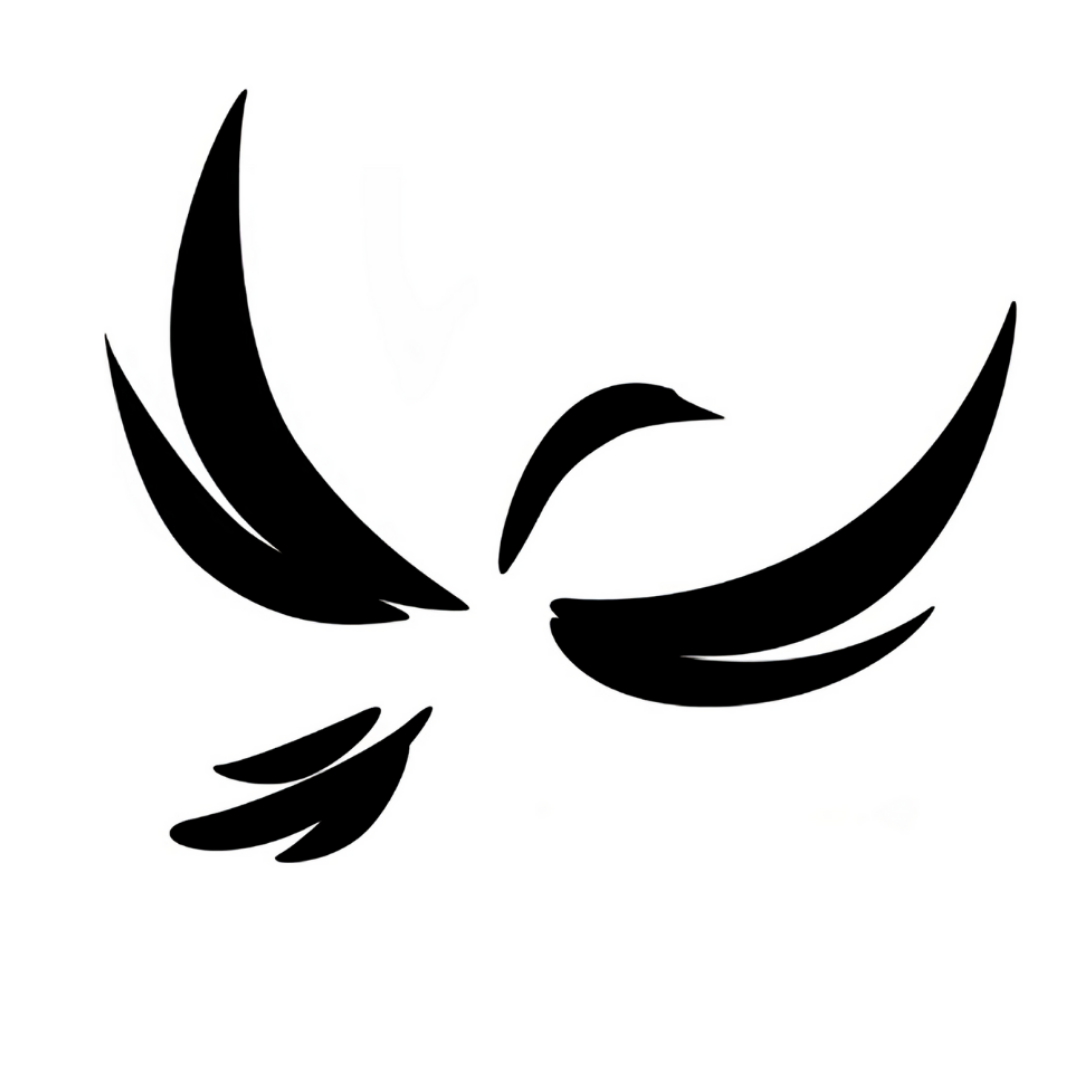
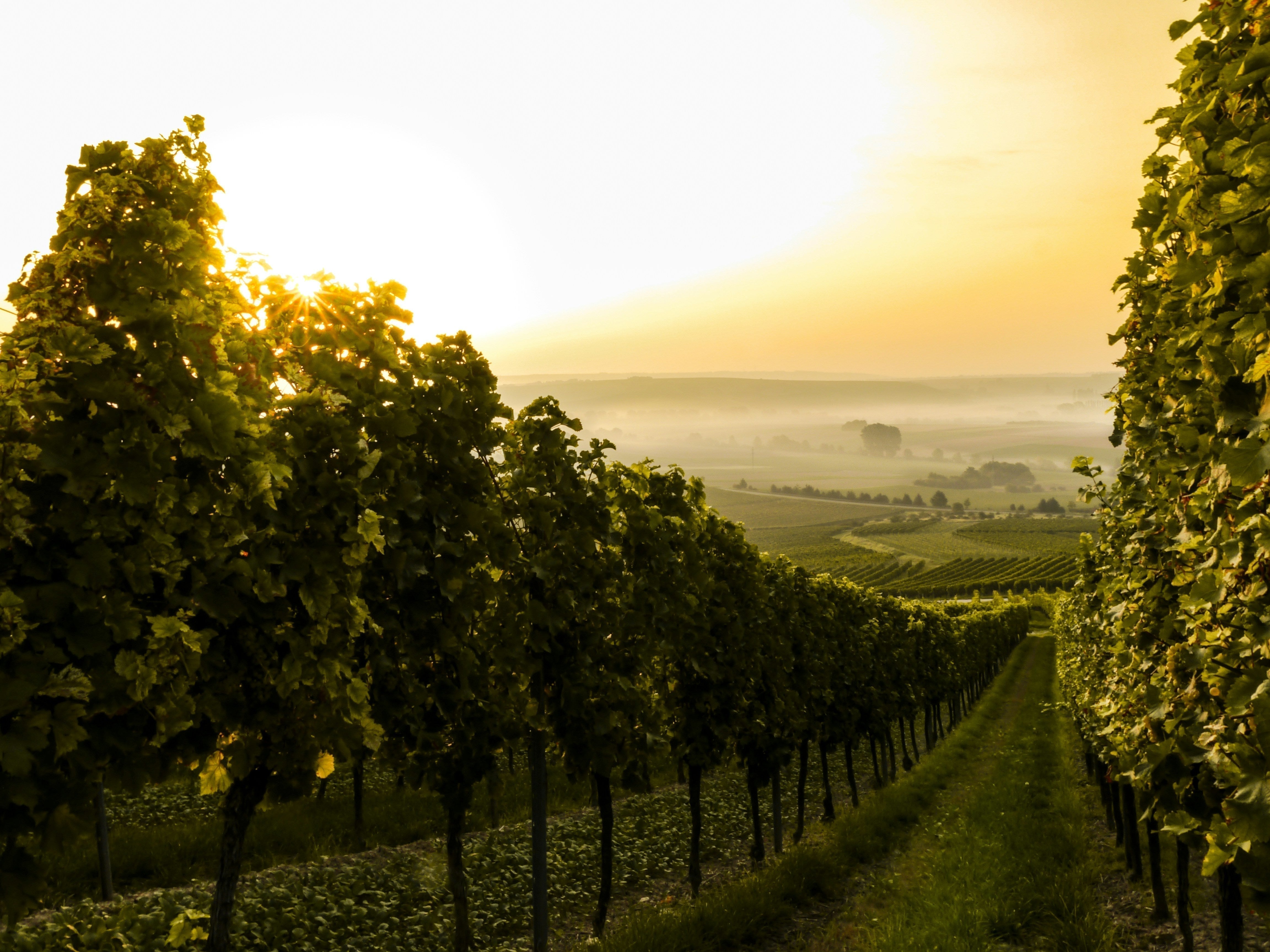
 Buy Noteworthy Wine Selections
Buy Noteworthy Wine Selections

